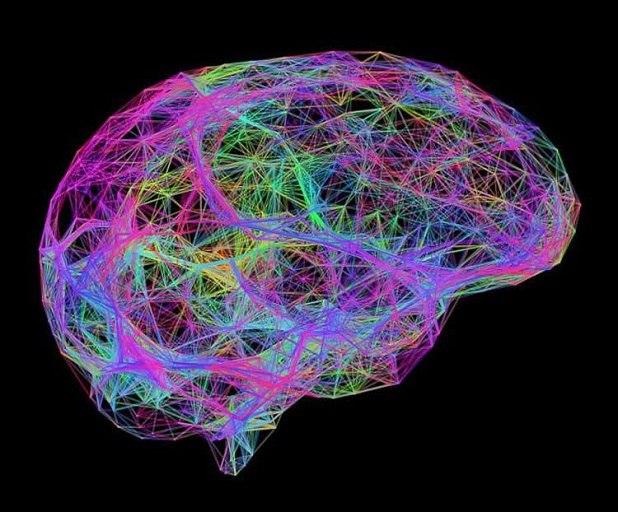Infant brain circuitry is associated with proper emotional development
Neurosafari Researchers have shown that the rate of development of a child’s brain circuits can help predict a child’s IQ, emotional behavior and cognitive abilities at the age of four.
According to Neurosafari from Cedars-Sinai Medical Center, the rate of development of the brain circuits of infants can help experts predict a child’s intelligence and emotional health at age four. In line with previous research, these findings can help doctors in diagnosing behavioral and cognitive challenges in the first months and years of life and lead to early treatment.
According to the Centers for Disease Control and Prevention, about 15% of American children between the ages of 2 and 8 have been diagnosed with at least one mental, behavioral or developmental disorder. These disorders include learning difficulties, language delay, attention deficit disorder, autism and other problems.
A new article published in the journal Biological Psychiatry: Cognitive Neuroscience and Neuroimaging adds to the understanding of how brain development can provide important early signs of these disorders. The paper was conducted by researchers at Cedars-Sinai in Los Angeles and the University of North Carolina at Chapel Hill.
When do connections develop between the emotional regulatory center and the rest of the brain?
The team conducted preliminary research in which MRI scans were performed on more than 1,000 healthy infants to investigate how and when connections between the brain’s emotional regulator, called the amygdala, and the rest of the brain develop. They found that while newborns lack the connections found in adult brains, the rapid development of circuits that occurs in the first year of life is followed by consolidation and regulation by age 2.
In their latest study, this team evaluated 223 children who participated in the initial study. The researchers studied the children at age 4 to see if their brain scans predicted their later behavior. In addition to special IQ tests designed for 4-year-old children to measure cognitive development, the researchers surveyed the children’s parents and used standardized tests such as the Behavioral Assessment System for Children and the Behavioral Rating Method of Executive Function. They used self-control skills and other behaviors to measure anxiety. Continue on Neurosafari: goo.gl/wcbrzj
Join the Neurosafari brain and neuroscience Telegram channel:
https://telegram.me/joinchat/CihxzDwTa19DOIUZRYLVjw
This post is written by neurosafari
